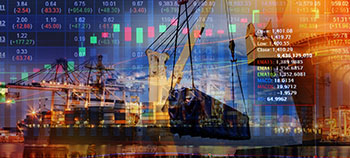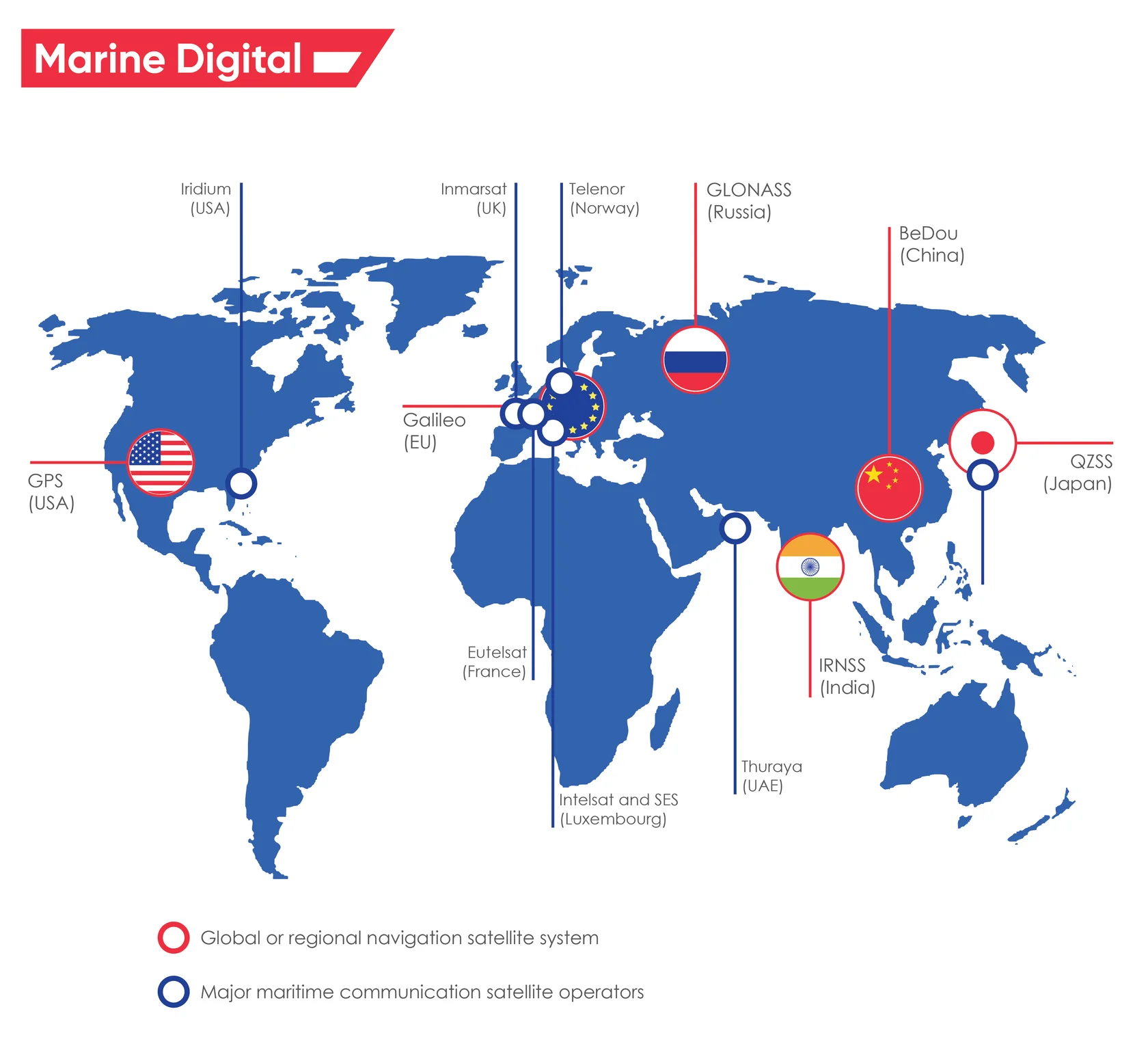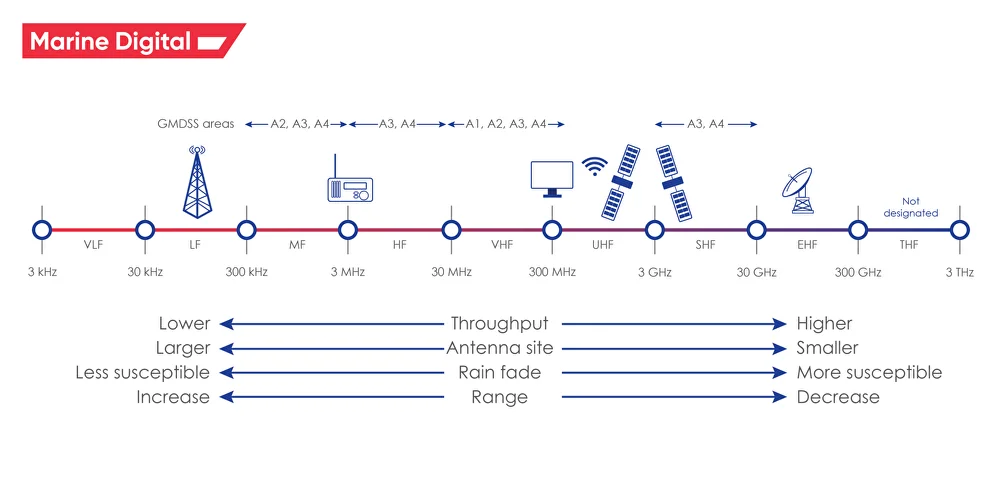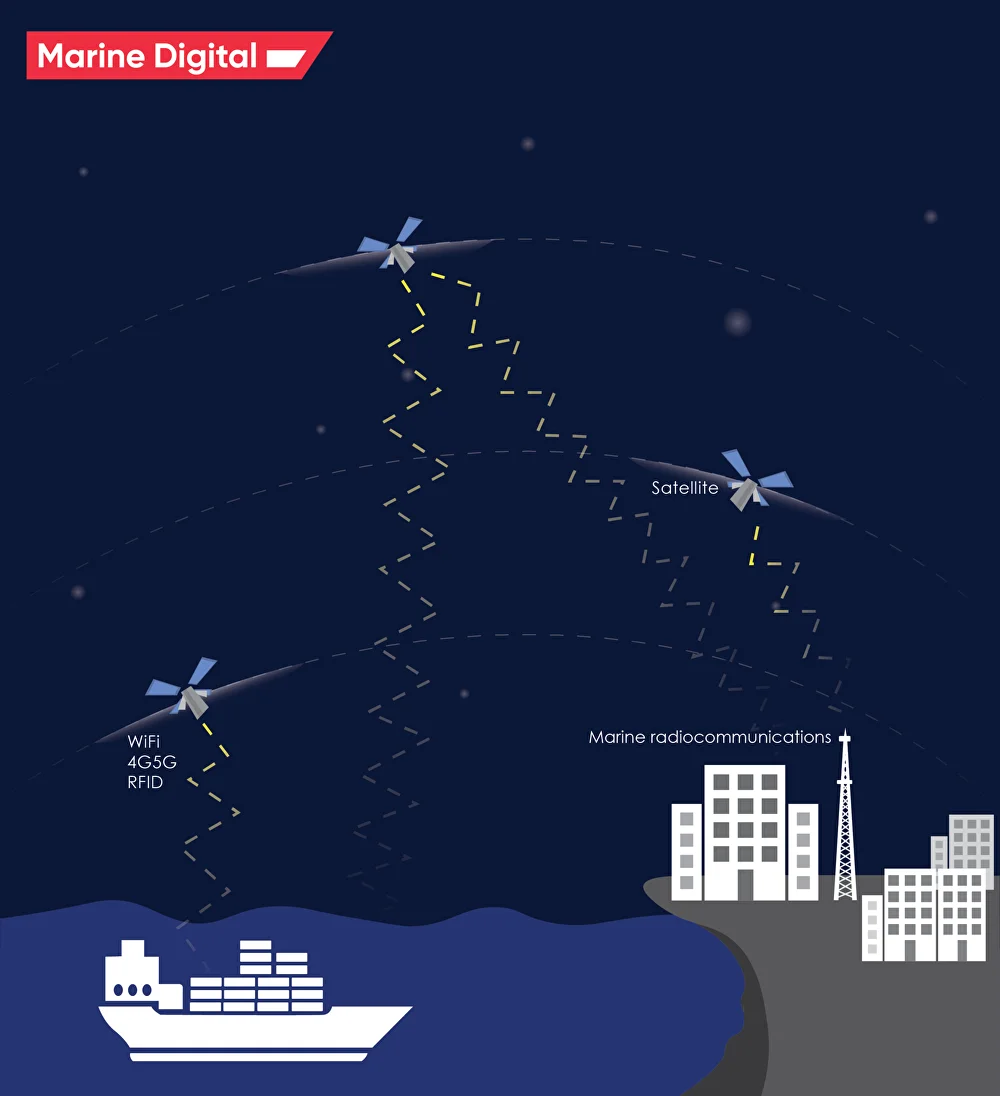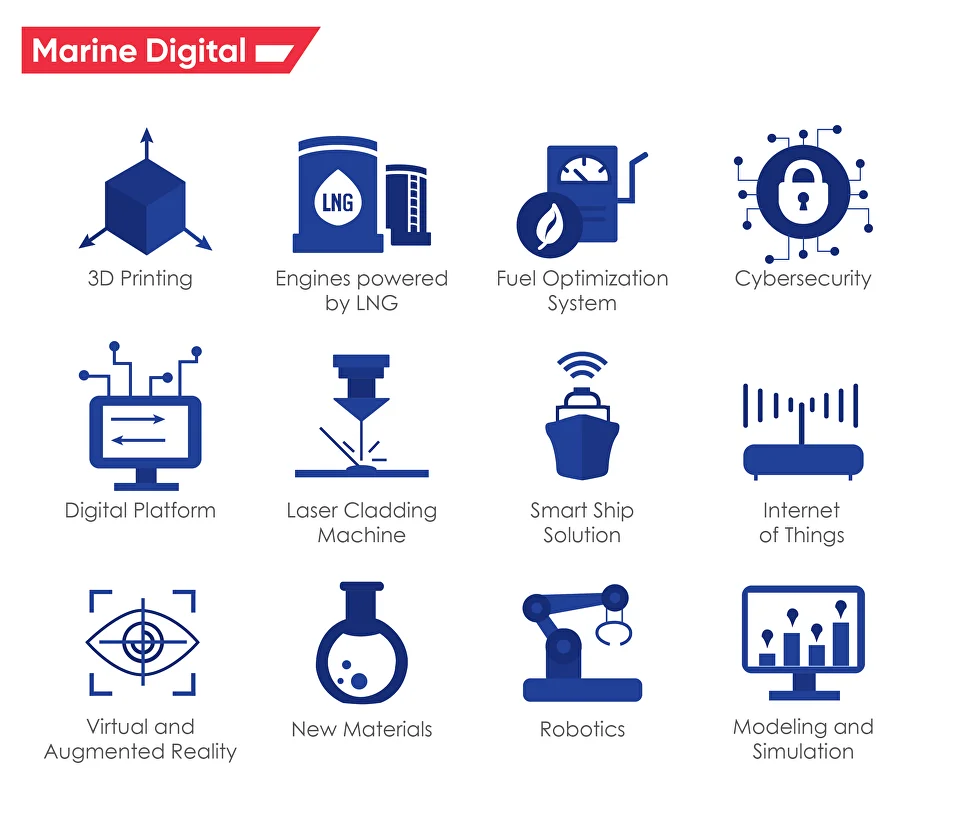These threats are taken seriously by international and national regulatory organisations and industry trade bodies, which demand action by ship owners and operators, charterers, ports and other maritime companies, great and small.
With our strong heritage from the UK Ministry of Defence, we provide technological and scientific expertise to help protect and advance your vital interests. We are a trusted, independent advisor and security partner for clients who recognise that cyber resilience can deliver a business-winning edge in a highly regulated and competitive environment.
Our cyber solutions address three key areas of the maritime industry at risk:
- On-board technology
- Shipping headquarters and port operations
- Regulatory requirements
On-board Technology
The maritime industry is striving quickly towards greater efficiencies, often through internet-enabling their on-board operational systems. Opening up platforms to the internet exposes potentially dangerous vulnerabilities, which can be exploited by those seeking to interfere with a ship’s seagoing operation with potentially catastrophic consequences for the ship, its crew and the wider environment.
Our maritime domain experience and cyber expertise enable us to really understand the threats our clients face. We can help you protect against these threats and manage the risk to your systems and platforms.
Critical Infrastructure
Ports and the shore-based operations of shipping companies are essential to the maritime industry and the integrity of the global supply chain.
These are critical assets which need to be resilient against a wide variety of cyber threats.
We have a proven track record of supporting companies to understand their risk profile and determine cost-effective remediation to improve their cyber resilience.
Regulatory Requirements
International regulatory bodies are taking cyber threats seriously. The United Nations’ International Maritime Organization has moved for cyber risks to be considered as part of a company’s safety management system by 2021.
It is anticipated that national regulatory bodies could take a stronger stand within their own territorial waters.
We have the expertise and sector partnerships which, combined with our in-depth knowledge of these regulations and industry guidelines, enable us to ensure you are prepared and compliant.
By getting ahead of these regulations now, you will have the edge over your competitors.
Our Services
We can help you become cyber resilient. Our services range from an introductory review of your cyber preparedness to a full cyber maturity assessment against international standards and guidelines.

